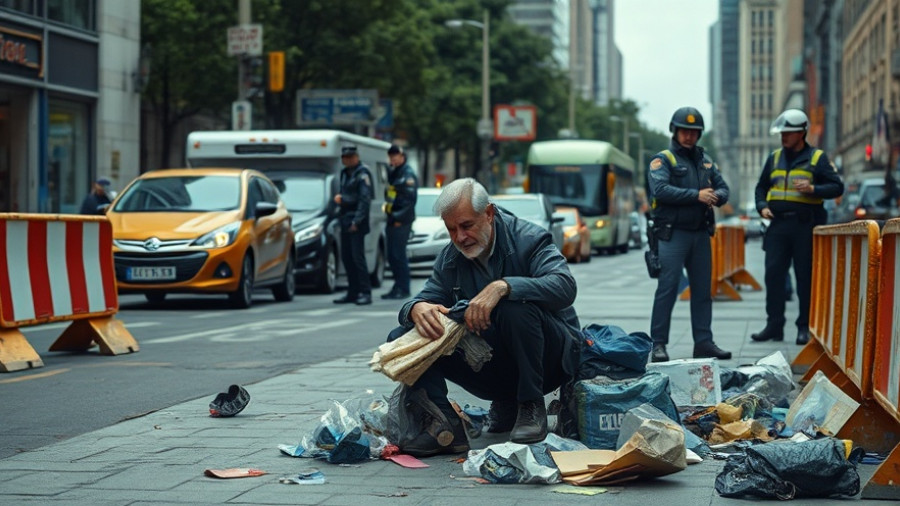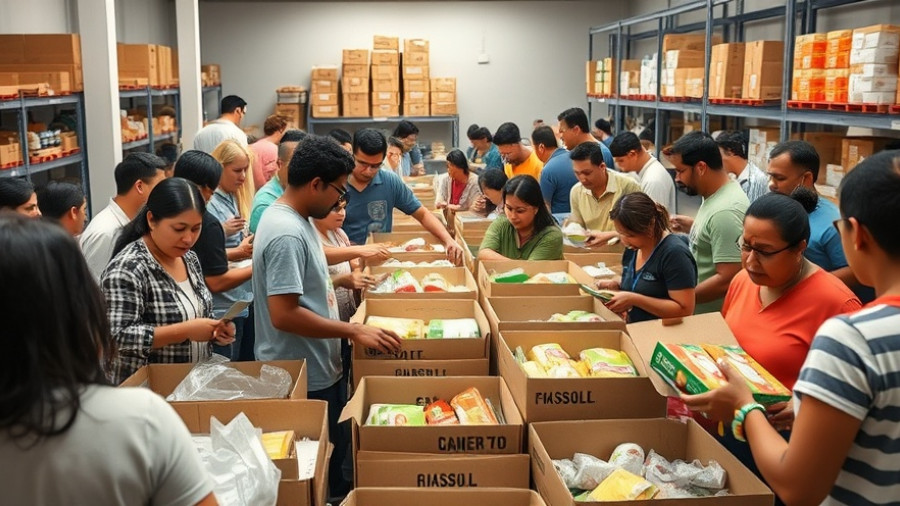
Understanding the Unseen Threats to Transgender Residents in San Francisco
San Francisco, often hailed as a beacon of progressivism and inclusivity, has been a sanctuary city for many marginalized communities, including transgender individuals. However, a closer examination reveals that the promised safety and acceptance do not equate to reality for many of its transgender residents, who continue to face systemic threats and societal prejudices.
The Harsh Reality: Discrimination and Violence
Despite the city's strong protections for LGBTQ+ rights, transgender individuals report a stark reality laden with violence and discrimination. Recent studies indicate that over one-third of transgender residents have experienced harassment in public spaces, with many reporting physical violence.
This environmental hostility isn't just a product of individual biases; it's rooted in socio-economic disparities and systemic discrimination that affect healthcare access, employment opportunities, and housing security. Many transgender individuals find themselves caught in a cycle of poverty and disenfranchisement that fuels their vulnerability.
Case Studies: Voices from the Community
To bring light to these issues, let’s consider the experiences of two San Francisco residents: Janelle, a transgender woman, and Marco, a transgender man. Janelle shares that she feels unsafe while traveling via public transportation, fearing harassment from passengers. "Every day is a battle, and I have to prepare myself mentally for what could happen,” she says.
Similarly, Marco recounts his difficulties in finding stable employment due to bias from potential employers. "I have the skills, but being transgender sometimes overshadows my qualifications, leaving me in precarious work situations," he notes. Their stories echo a broader narrative of struggle amidst a city that prides itself on its welcoming image.
Intersection with Mental Health
It's important to consider the relationship between societal threats and mental health among transgender individuals. According to research by the Transgender Europe (TGEU), nearly 45% of transgender individuals have experienced mental health issues related to discrimination and violence. Increased anxiety, depression, and suicidal thoughts stem from the constant threat of violence and lack of acceptance.
This mental health crisis highlights the need for community support systems and accessible healthcare specifically tailored for transgender residents. Initiatives that include mental health resources and safe spaces for dialogue can help mitigate these challenges significantly.
Community Support and Resources
To combat these threats, San Francisco has seen the emergence of several grassroots organizations aimed at uplifting transgender voices and providing crucial resources. Groups like the Transgender Law Center and the San Francisco LGBTQ Center offer assistance ranging from legal aid to mental health support.
Moreover, community programs fostering acceptance and awareness can serve as preventative measures against violence. Education and advocacy initiatives can help dismantle the stereotypes that lead to discrimination, ultimately creating a safer climate for all residents.
Future Predictions: A Path to Change
Looking forward, as society continues to grapple with these issues, there is an undeniable need for policy reforms that enhance protections for transgender individuals. This includes not only improving legal frameworks but also ensuring systemic changes that address economic inequities.
A more inclusive society requires active contributions from all community members. We must foster an environment that not only accepts but also celebrates diversity, ultimately leading to a profound cultural shift in San Francisco and beyond.
Call to Action: Your Role in Advocacy
In light of these significant challenges, it's crucial for individuals and organizations to step forward as allies. Whether through volunteering time with local organizations, participating in advocacy efforts, or simply engaging in conversations about the realities facing transgender individuals, every action counts.
Let us harness the spirit of solidarity that characterizes San Francisco as we work towards a city where all residents can thrive free from fear and discrimination. Together, we can pave the way for meaningful change that ensures safety, acceptance, and dignity for all.
 Add Row
Add Row  Add
Add 




Write A Comment